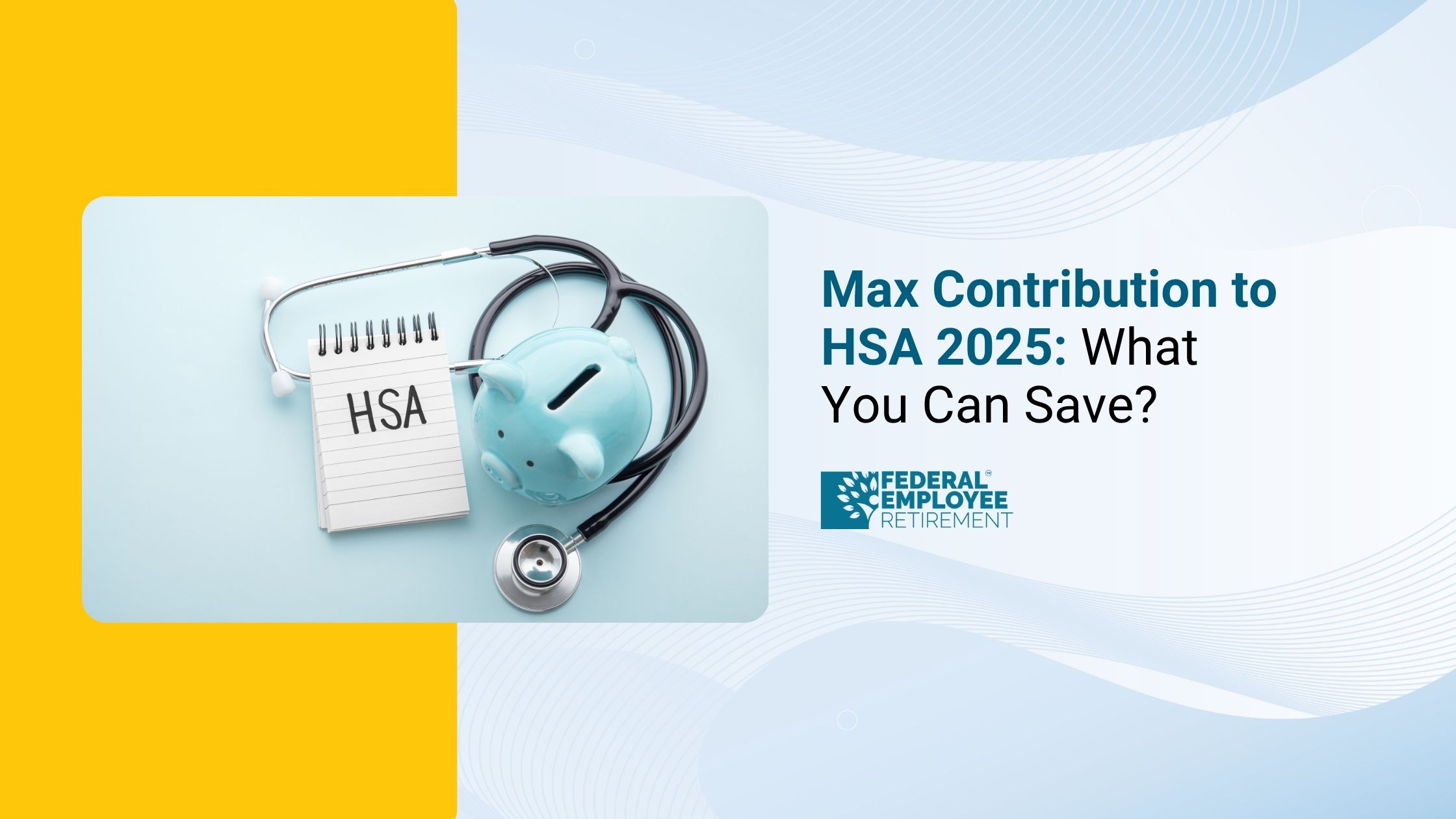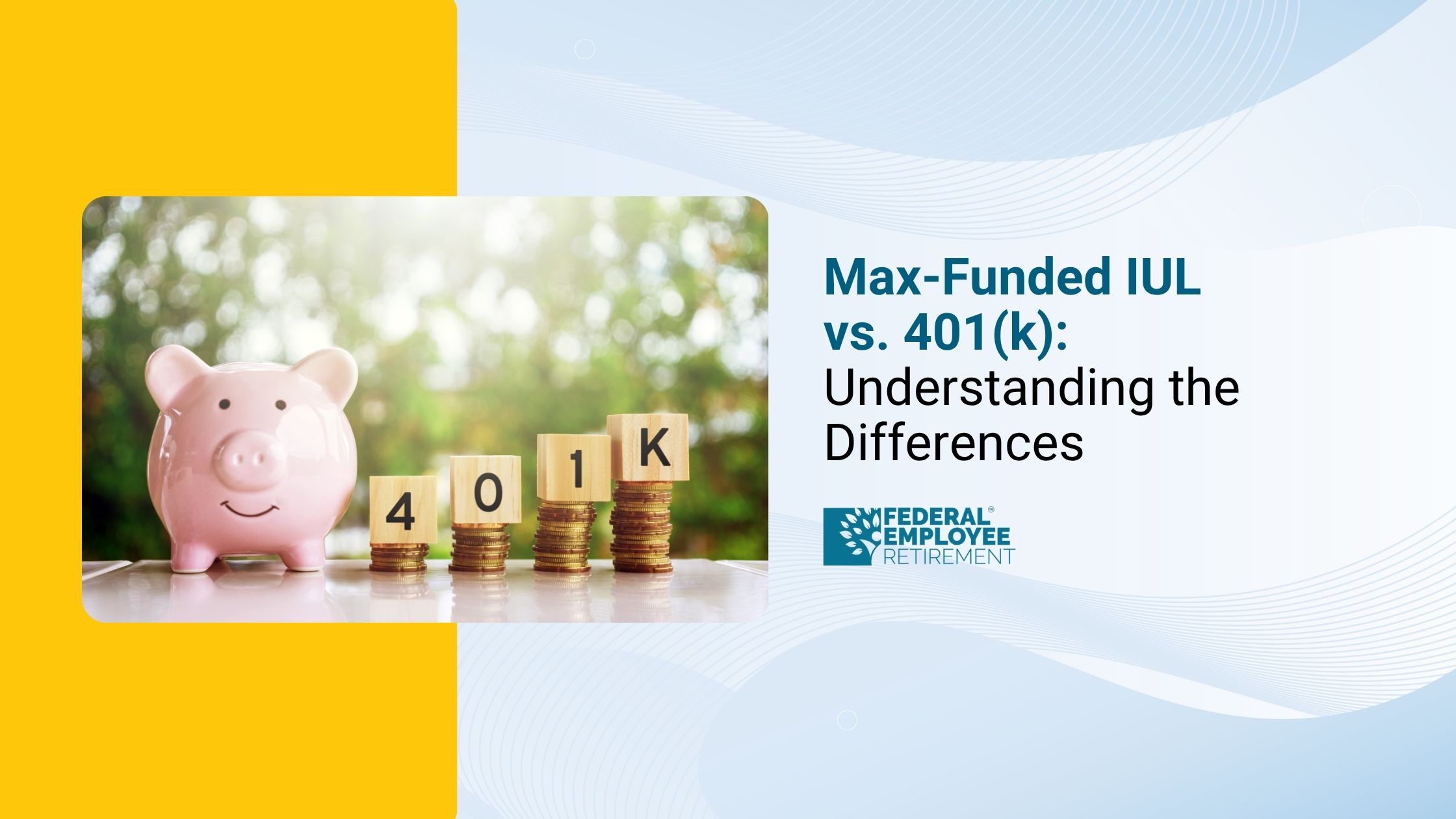You’re not alone; 4,359 federal employees booked their free review.

NH 2025 GS Pay Scale in New Hampshire: What Federal Employees Should Know
If you’re a federal employee in New Hampshire, you’ve probably noticed the steady annual updates to the General Schedule (GS) pay scale. For 2025, the numbers are in and while the increases may look modest on paper, they can have a meaningful impact on your take-home pay, retirement calculations, and career planning.
How the NH 2025 GS Pay Adjustment Works
The GS system updates every January through an executive order based on federal labor cost data. For 2025:
- Base pay increase: roughly 1.7%
- Locality adjustment: varies by location to account for cost-of-living differences
Your total salary = Base Pay × (1 + Locality Rate).
For New Hampshire employees, that means your total pay is determined by whether your duty station falls under the Boston–Worcester–Providence locality (32.58%) or the Rest of U.S. rate (17.06%).
Even two employees in the same GS grade could see a $10,000–$15,000 difference depending on which locality applies. That’s why confirming your duty station’s locality code is critical.
Why New Hampshire Uses the Boston Locality
Most of New Hampshire especially the southern and central parts belongs to the Boston–Worcester–Providence locality pay area. This is because federal positions in cities like Manchester, Nashua, and Concord are considered part of the greater Boston labor market.
Only the far northern regions of NH typically remain under the Rest of U.S. (RUS) rate. Your pay is based on your official duty station, not your home address something that can catch remote or hybrid workers by surprise.
In our advisory work, we often see employees miss out on thousands of dollars simply because their duty station wasn’t updated when their work location changed. It’s worth confirming this detail with HR every few years.
How NH GS Pay Is Determined Each Year
Each year’s GS pay adjustment is set through a combination of data, legislation, and executive action. Under the Federal Employees Pay Comparability Act (FEPCA), OPM and the President’s Pay Agent analyze pay gaps between federal and private-sector jobs using Bureau of Labor Statistics data.
From there:
- The President issues an Executive Order finalizing the base and locality increases.
- Congress can influence adjustments through appropriations bills.
- OPM publishes the new pay tables for all locality areas nationwide.
In our experience, the base raise tends to stay modest, but locality adjustments can meaningfully change total pay—especially for employees in areas like Boston and Northern Virginia.
Checkout the - Federal Retirement Calculator
2025 GS Pay in New Hampshire
The Boston–Worcester–Providence, MA-RI-NH-CT-ME-VT locality pay area offers a 32.58% pay adjustment for federal employees.
This locality rate applies to General Schedule (GS) workers employed in Boston and its neighboring regions, including parts of Massachusetts, Rhode Island, New Hampshire, Connecticut, Maine, and Vermont. The adjustment ensures that federal salaries in this area reflect the higher cost of living compared to the national GS base pay.
Also read - Federal pay raise 2026
Rest of New Hampshire
Locality Adjustment: 17.06%
Any federal employees in New Hampshire who do not live in an area for which a specific Locality Pay Adjustment has been set will receive the generic "Rest of the United States" locality pay adjustment of 17.06% (shown in the table below).
Full official tables:
Example: GS-12 Step 4 in Concord, NH
Let’s say you’re a GS-12 Step 4 employee stationed in Concord, which falls under the Boston locality.
- Base pay: $85,817
- Locality rate: 32.58%
- Total pay: $85,817 × 1.3258 = $113,756 per year
If that same position were classified under Rest of U.S., pay would drop to $100,440 a $13,000 difference each year.
That difference compounds over time especially when calculating retirement, TSP contributions, and future raises.
How Step Increases Work
Locality pay often gets the spotlight, but step increases are another key part of the GS pay system.
Each GS grade has 10 steps, and you move up through them based on time in grade and performance:
- 1 year between Steps 1–4
- 2 years between Steps 5–7
- 3 years between Steps 8–10
In our experience, employees often overlook how valuable these are. A GS-12 moving from Step 1 to Step 10 can see over $30,000 in additional annual pay and that growth directly boosts your high-3 pension calculation.
Timing a final step increase before retirement can meaningfully raise your lifetime federal annuity.
Why Locality Pay Matters for Retirement Planning
Locality pay affects nearly every financial aspect of your federal career:
- It’s included in your “high-3” average salary for FERS.
- It impacts TSP contributions and employer matching.
- It affects overtime and promotion calculations.
We often walk clients through scenarios where relocating or adjusting their duty station just before retirement increased their pension base by thousands per year. That’s the power of understanding your GS and locality structure.
Plan Your Finances Around Your Federal Pay
Understanding your NH pay scale and locality adjustments is just the first step toward smart financial planning. Even small changes in your GS pay or locality rates can impact your retirement contributions, FERS/CSRS calculations, and long-term financial goals.
That’s where we come in. At Federal Pension Advisors, we specialise in helping federal employees like you:
- Understand how pay adjustments affect your retirement timeline
- Maximise your contributions to TSP and other federal benefits
- Make informed decisions about promotions, relocations, and job changes
- Plan strategically for long-term financial security and retirement income
FAQs
Frequently Asked Questions
1. Does every NH employee get the Boston rate?
Not exactly. Southern and central NH do, but northern counties may still fall under RUS. Always verify with HR or OPM’s interactive map.
2. If I move within NH, does my pay change?
Only if your official duty station changes to a different locality. Remote and hybrid workers should confirm this with their HR office.
3. Is NH state pay linked to GS pay?
No. The NH state pay schedules apply to state employees, while the GS system applies only to federal positions.
4. What about high-grade caps?
Some Boston-area GS-15 steps reach the Executive Schedule Level IV cap. Even if capped, those earnings still count toward your high-3 average.
Key Takeaways
- Most NH federal employees fall under the Boston locality (32.58%).
- Locality + step increases drive long-term salary growth.
- Always confirm your duty station and step annually.
- Locality pay directly affects your FERS pension and TSP.
Final Thoughts & Free Consultation Offer
Understanding your GS pay scale isn’t just about numbers it’s about making confident decisions for your career and retirement. Over the years, we’ve seen how the right timing and knowledge can add thousands of dollars to a federal employee’s retirement income.
If you’d like a personalized breakdown of your 2025 pay, projected step increases, and retirement impact, you can schedule a free consultation with our federal benefits advisors. We’ll help you evaluate your grade, step, and locality so your pay and your pension work for you.
Disclaimer
This article is for educational purposes only and does not constitute financial, legal, or human resources advice. Federal pay rates and policies may change; always verify official data with your agency or OPM. For personalized advice, consult a qualified federal benefits specialist.
References
- U.S. Office of Personnel Management (OPM): 2025 GS Pay Tables & Locality Rates
- FederalPay.org: 2025 General Schedule Pay Data
- FedSmith.com: 2025 Pay Raise Announcements and Analysis
- GeneralSchedule.org: Locality Pay Area Breakdowns and Comparisons
Federal Employees Pay Comparability Act (FEPCA) – U.S. Code Title 5, Section 5304


Get Updated
Subscribe to our weekly updates for the latest on retirement planning, federal benefits, exclusive webinars, and more!
Download Federal Retirement: Step-by-step Checklist
This comprehensive guide will help you understand your federal benefits, optimize your savings, and plan for a comfortable future.



.png)








